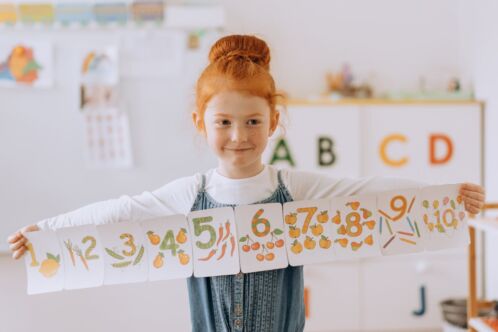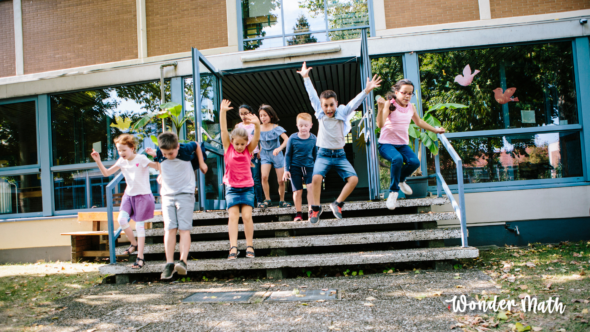Do educational video games help kids today learn faster than traditional instruction? Both early research and anecdotal evidence suggests this might be the case for many students.
Madeline Will from Education Week tells the story of two 5th graders who are beating the majority of their class in a digital math game. “The girl who is No. 1 on the class leaderboard,” she writes, “scored a level five—indicating mastery—on Florida’s state test in math last year. The other girl, who is No. 3 on the leaderboard, had scored a level one on the state test.
“When they played each other at first, the student at level five [on the state test] won almost every time,” Gregory Smith, their instructor, said. “Over the last month, it has been a very close split between the two young ladies.”
These two students are closing a pre-existing gap through social learning, using digital games to compete and play against one another (and learning very quickly in the process!)
Benefits of Digital Games
As more research is being done on kids learning through gaming, anecdotal results are being corroborated by the experts. An early peer-reviewed research project by Stanford University grad students found that 5th graders playing a fractions-based game for 20 minutes a day “improved by 15 percent on their fractions estimation, and 10 percent in their attitudes toward fractions, based on standardized-test items.”
Importance of Social Interaction
It’s important to note that many digital math games involve a social component, where kids play against one another or collaborate to complete challenges together. Research shows that kids who work together in groups get better educational results in STEM. Furthermore, kids whose learning resembles play and/or extracurricular activities are likely to get faster results than those tied to traditional instruction.
Finally, one important side note: educational video games can help close the gender gap that exists in STEM from an early age, by focusing on inclusivity and undermining social pressures and anxiety through social learning.




